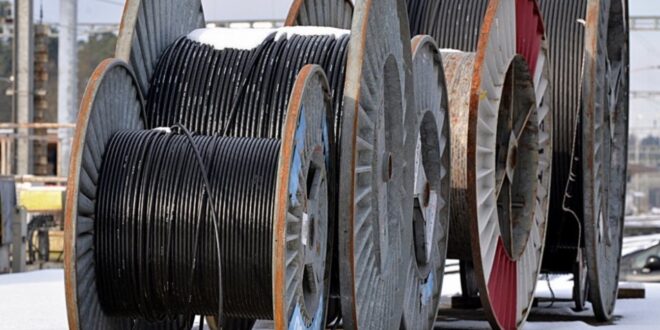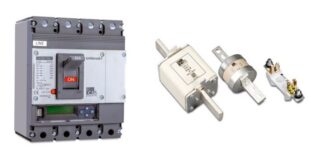Common types of power and control cables:
The most common power and control cables used in oil and gas projects are cables with PVC (PVC) and (XLPE crosslink) sheaths, which are shown as abbreviations below, the first one is the insulating coating and the second one is the conductive coating. (conductive coating/insulating coating)
– PVC/PVC
– XLPE/PVC
Of course, the cable is also used with other insulations, but the most common ones are the above two types.
The working temperature of PVC coated cables is up to 70 degrees C and XLPE cables up to 90 degrees C . These cables are suitable for use on the cable tray or inside the conduit or installation inside the building (INDOOR).
If the cable is intended to be used underground or in an outdoor environment (OUTDOOR), it should be armored (SWA) or (AWA) for mechanical protection, which in this case is shown in the below:
– PVC/SWA/PVC
– XLPE/SWA/PVC
If there is a possibility of spilling hydrocarbon materials such as oil, etc. in the place of installation underground or outside, a lead casing should be considered for it.
– PVC/SWA/LC/PVC
– XLPE/SWA/LC/PVC
In cases where the cable is of a special type, such as cables with high voltage or direct current (DC), a copper coating is also added, which is called screen:
– PVC/SWA/LC/SC/PVC
– XLPE/SWA/LC/SC/PVC
Determining of the cable cross section area:
Determination of the cable cross-section area is determined based on two parameters, voltage and current.
Voltage:
The cross-sectional area of the cable is calculated according to the following formula for two normal working conditions and the starting time. Because the amount of starting current is more than the normal working current and as a result the power factor will also be different.
A = 100LI(R.COSΦ + X .SINΦ)/∆U (For three-phase loads)
L: cable length (meters):
I: load current (amps)
R: the ohmic resistance of the cable (ohms per meter)
X: cable inductance (ohm per meter)
cosθ: coefficient of load power
A: Cable cross-sectional area (square millimeter)
∆U: percentage of allowed voltage drop
We remind you again that from the above formula, two cross-sectional surfaces will be obtained.
Current:
The cross section area of the cable will be determined based on the permissible current of the cable and the short circuit current.
Cables have a limited nominal current that will be different based on the cross-sectional area of the cable. These values for the different types of cables mentioned above are provided by the cable manufacturers along with other specifications.
Of course, it should be mentioned that various factors such as temperature, installation method, etc. affect the nominal value of the cable current, which is called derating. These values are also presented in the manufacturer’s catalog, which should be multiplied by these calculated coefficients and applied to the nominal value of the cable’s permissible current. As a result, based on the nominal current of the related load, the cable with the related size will be selected from the manufacturer’s table. (third calculated section area)
The following formula is used to calculate the size based on the short circuit current.
A=Isc.√t/K
t: time to interrupt the short circuit current by the circuit breaker.
Isc: short circuit current
K: constant coefficient (112 for pvc and 139.4 for xlpe)
After the above calculations, four cross-sectional areas will be obtained, and the largest cross-sectional area will be used as the criterion, and the standard size ( which is larger than the obtained number), will be selected as the appropriate size.
 Ontrose industrial corporation Inc. Engineering and supply of industrial projects
Ontrose industrial corporation Inc. Engineering and supply of industrial projects




